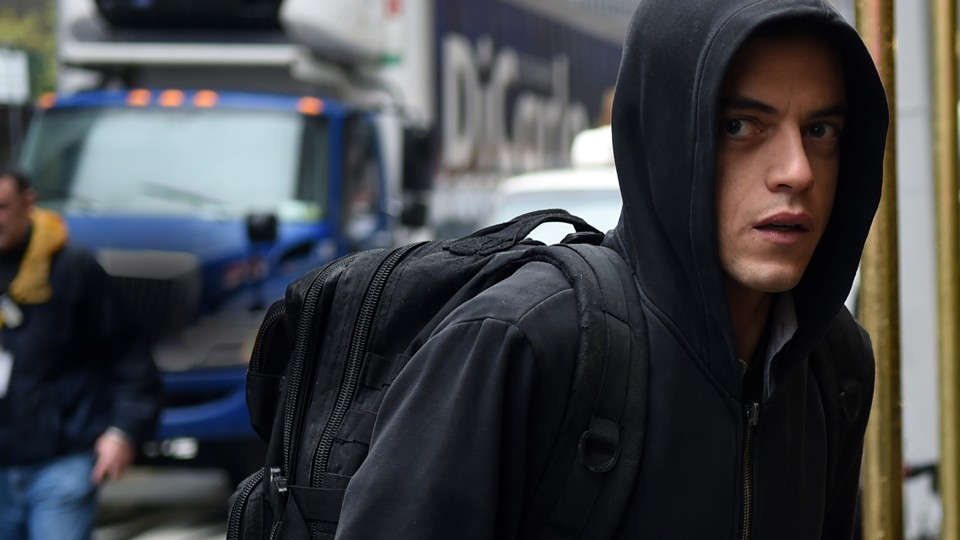Dickens told his illustrator Marcus Stone that “he had a personage who had just appeared upon the scene who was to have some eccentric calling, and that he could not find the calling that would suit him” (quoted in Michael Cotsell, The Companion to Our Mutual Friend [Allen & Unwin, 1986], 65). Stone took Dickens to see a taxidermist called Willis in Seven Dials in London, “an articulator of skeletons, a stuffer of birds, and dealer in bottled monsters.” "I suggested Mr. Willis, or rather his occupation, as an idea that might be suggestive," wrote Stone. "'It is the very thing that I want he said it couldn't be better.'" This real-life detour resulted in Mr. Venus’s appearance in the second installment. For more, see Michael Slater, Charles Dickens (New Haven: Yale UP, 2009), 524-25, and Francis Xavier Shea, "Mr. Venus Observed: The Plot Change in Our Mutual Friend," Papers on Language and Literature 4 (1968): 170–181, 170.

